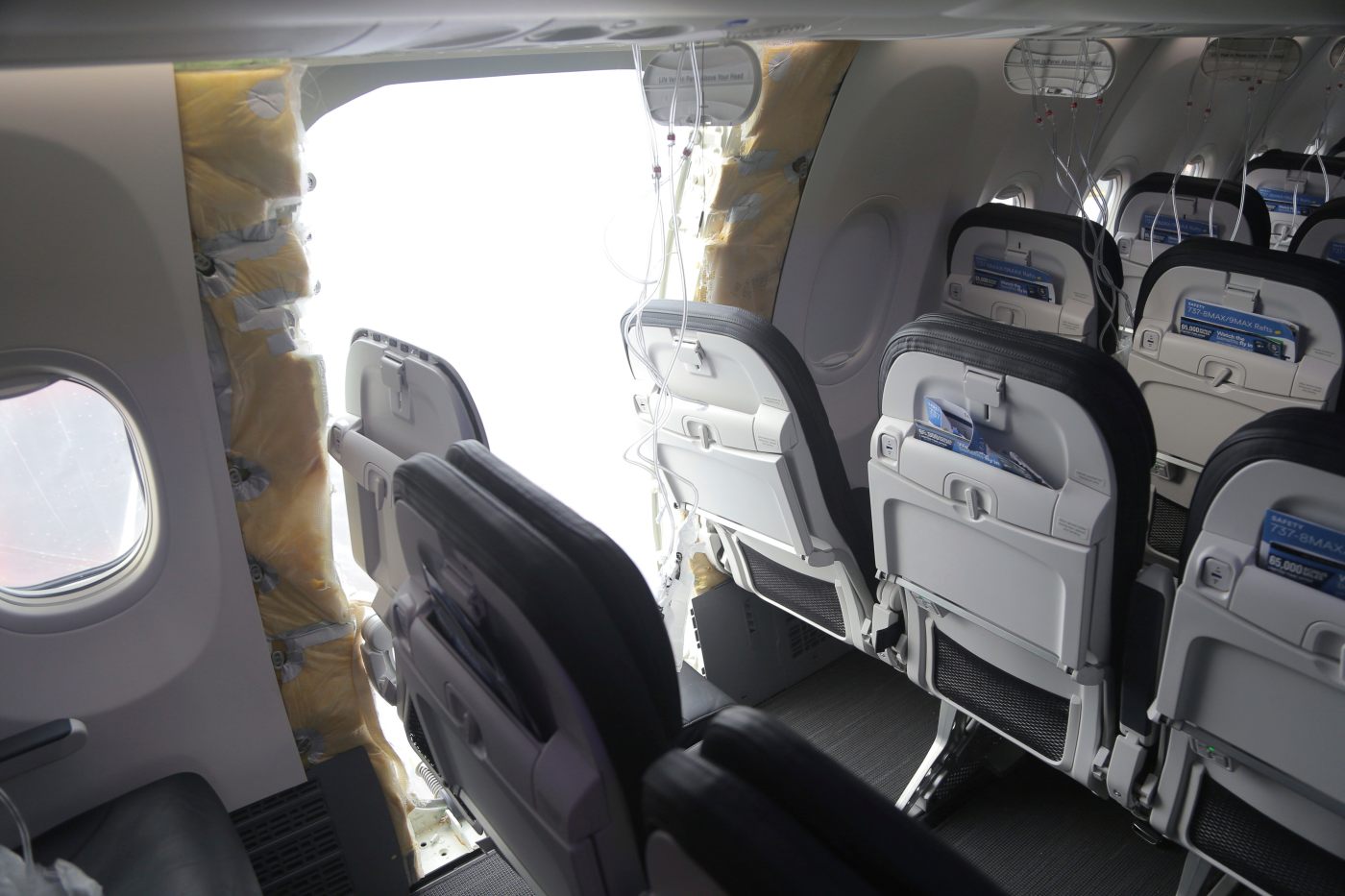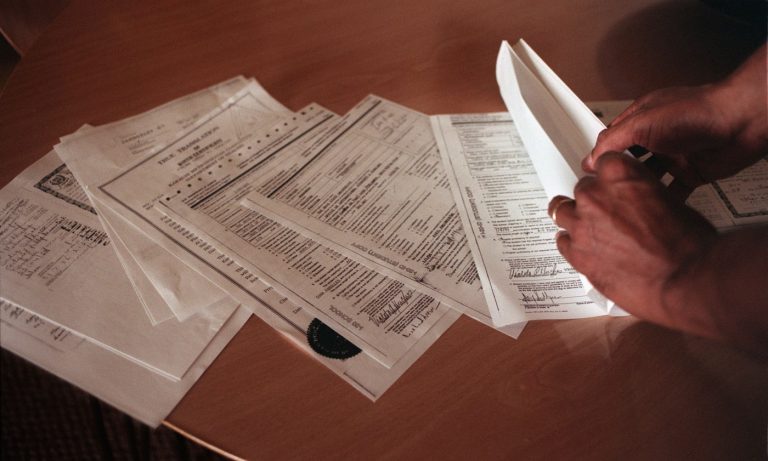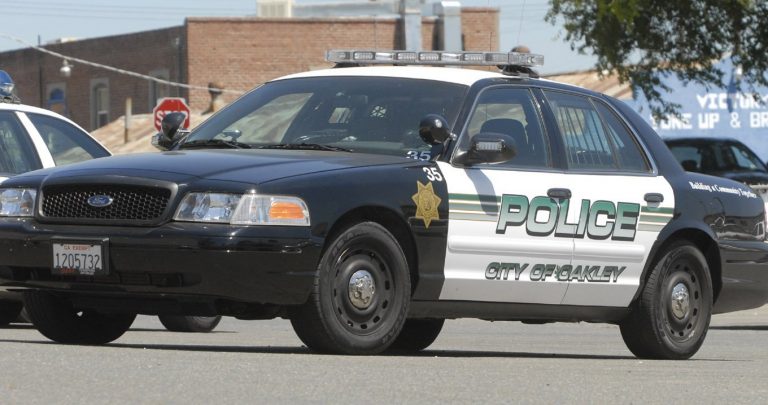Airplanes seem to be coming apart in midair. An Alaska Airlines flight was disrupted when the door plug on a section of its fuselage broke off after takeoff. The airplane model, Boeing 737 Max, has been under scrutiny since airplane crashes dating to 2018 and 2019.
Investigators determined the cause as a door plug that failed. Other investigations have found loose bolts on 737 Max planes that could be the cause of the door plug failure. Consequently, the Federal Aviation Administration grounded the nation’s Boeing 737 9 Max fleet, citing safety concerns. United Airlines owns and operates 79 such airplanes out of more than 800 airplanes, a sizable percentage that has led to flight cancellations but not enough to shut down flight operations.
Safety is serious business in commercial air travel. The public places an enormous amount of trust in airlines, airplane manufacturers and the FAA to ensure that every flight they take will get them to their final destinations safely. With around 45,000 flights on average every day in the United States, such efforts have been rewarded with an unprecedented record of safety over the past decade.
Yet recent events suggest that perhaps such trust is misplaced and that it is only a matter of time before a major incident occurs that will derail such an impressive record.
In the public eye
I would argue that though recent revelations may be disturbing, the fact that they are being uncovered and addressed is a good thing.
All these stakeholders have a vested interest in air safety. As technology continues to grow, the ability to uncover mechanical and structural issues also grows.
This is much like how disease diagnosis and early detection in medicine have expanded. At one time, diagnosis of some conditions, such as certain cancers, came so late that treatment plans and patient survival statistics were bleak.
The lesson learned from recent events is that in any complex system, safety issues will always exist. The astonishing record of safe air travel has been acquired through many years of hard work and incremental improvements. While many have focused on the challenges with air traffic control staffing shortages and runway incursions, the physical infrastructure also deserves attention.
To date, Boeing and Airbus have been remarkably immune from design problems. They are now under a microscope. Much like how a chain is only as strong as its weakest link, the same can be said about the safety of air travel. Whether it is air traffic management, personnel availability and training, airport security, or airplane design, whatever problem is most current draws the most attention in the public eye.
Checks and balances
Should air travelers be concerned? The partnership among the airlines, airplane manufacturers and the FAA provides multiple checks and balances to uncover issues that affect air travel.
Related Articles
San Jose, Oakland airport gain air travelers in 2023
Opinion: Boeing 737 Max 9 safety problems show the FAA isn’t doing its job
Airfare hasn’t been this cheap since 2009
Is my flight safe? Here’s how to tell before you board
US airlines cancel another 1200 flights Tuesday
Note that the recent issue on Alaska Airlines would have received little attention if the fuselage break had never occurred, and the loose bolts that allegedly caused the incident were uncovered during routine maintenance. Unfortunately, they were not. Moreover, it often takes some cataclysmic incident, such as an airplane crash, to uncover major problems. In this case, it is fortunate that although there were injuries, there were no fatalities.
The good news is that more attention is now being paid to airplane fuselages.
Once the dust settles, all stakeholders will temper the angst around the situation, and a semblance of normalcy will return to air travel. Note that in spite of the attention being paid to the Alaska Airlines incident, no fatalities occurred. Notably, when the flight crew asks you to keep your seat belt on during a flight, it may actually save your life.
The Alaska Airlines incident attests to the many checks and balances that exist to ensure that every air travel experience results in a safe journey for everyone. This is what every passenger deserves and what all stakeholders promise.
When some incident does occur, remember how safe air travel has been for many years and how continuous improvement is always needed to make it even safer.
Sheldon H. Jacobson is a professor of computer science at the University of Illinois at Urbana-Champaign. ©2024 Chicago Tribune. Distributed by Tribune Content Agency.













+ There are no comments
Add yours